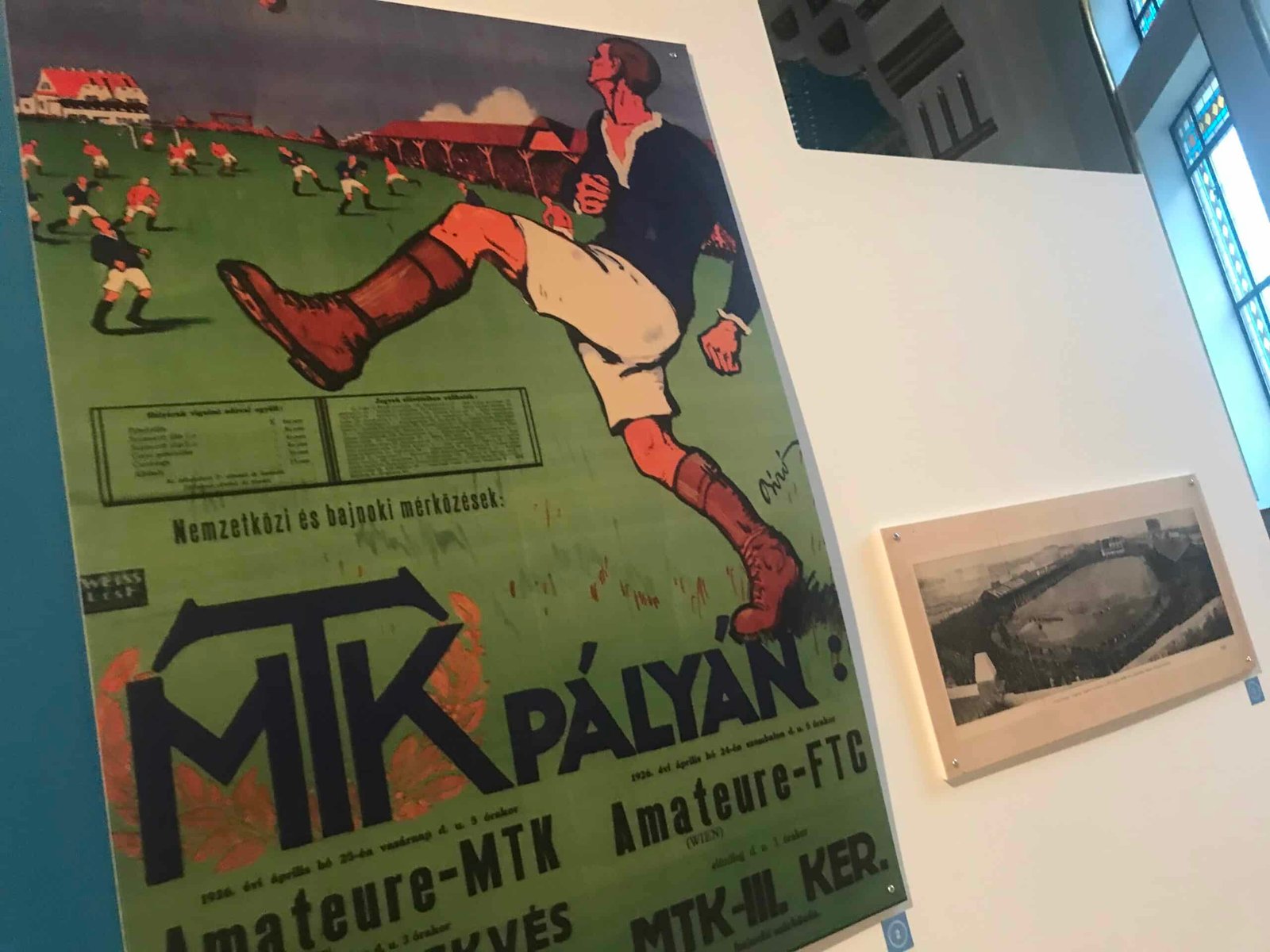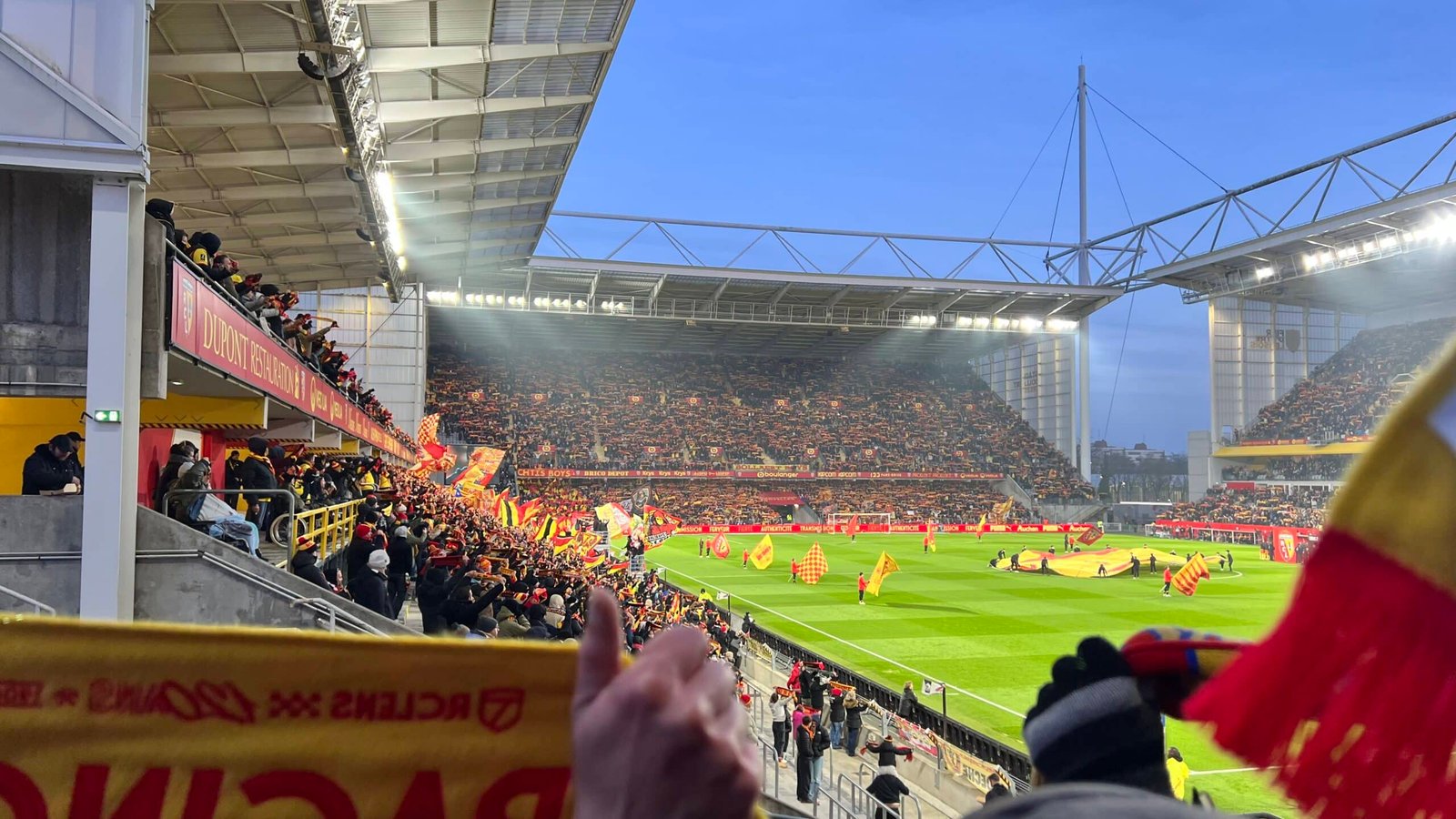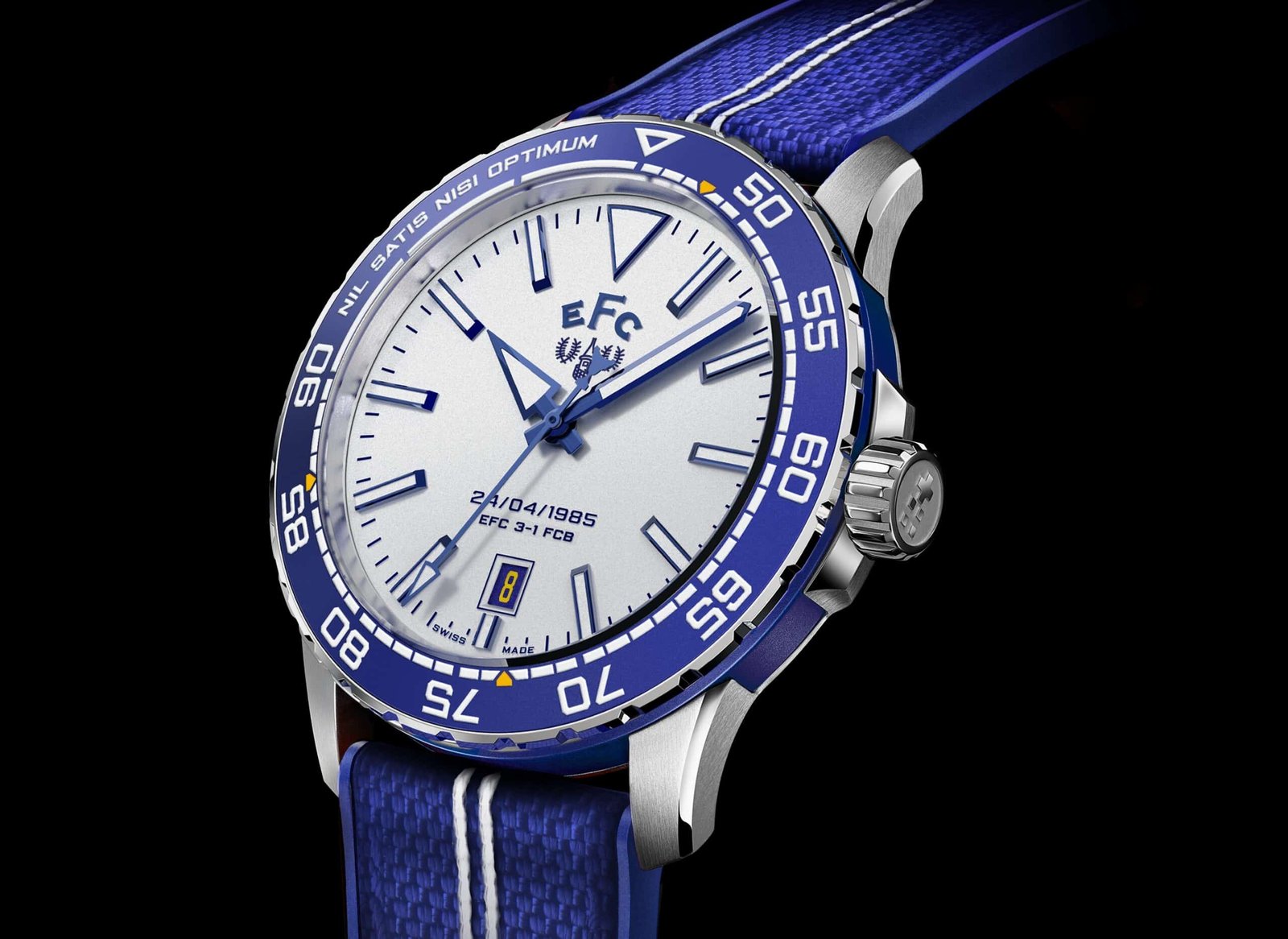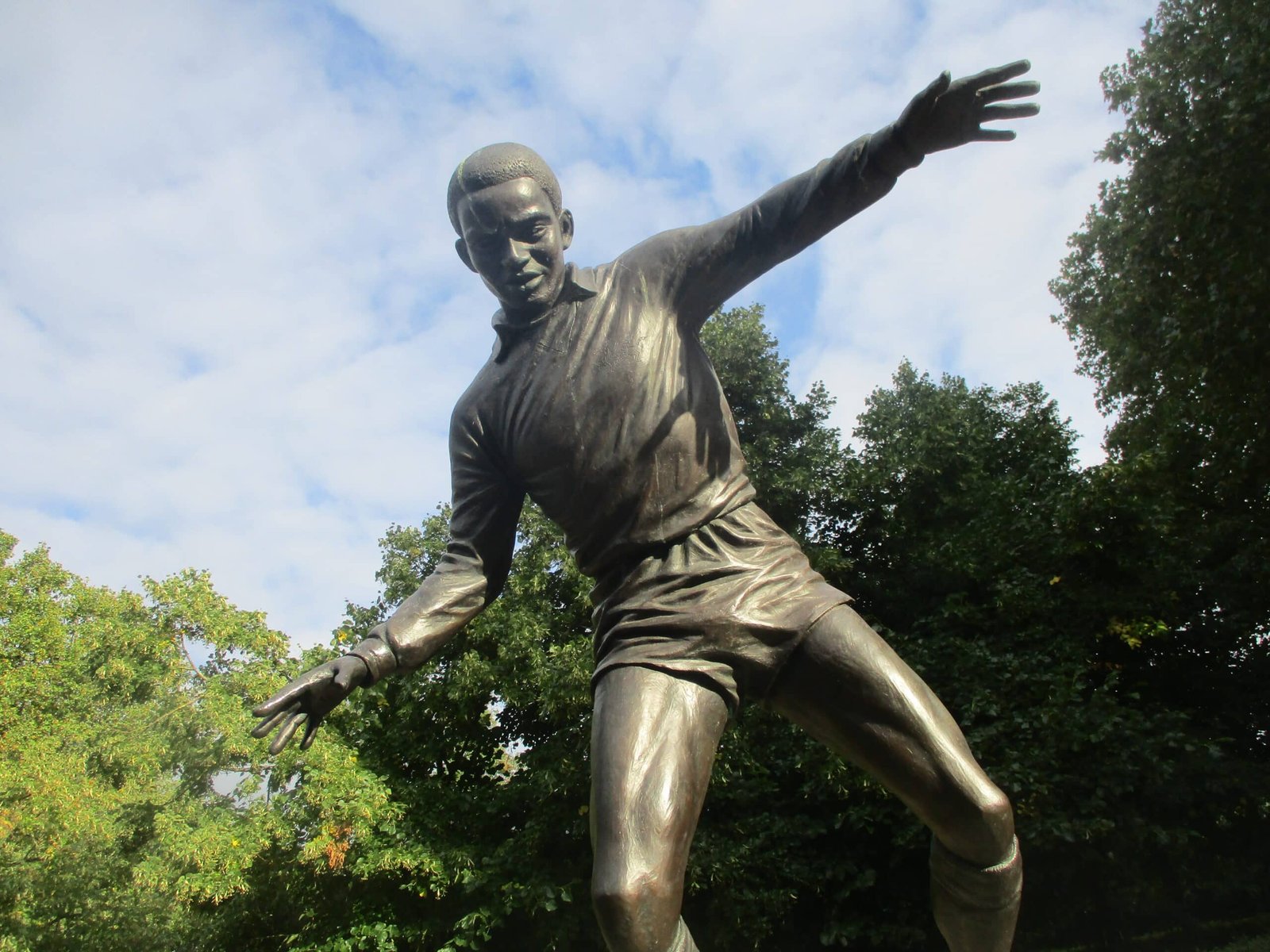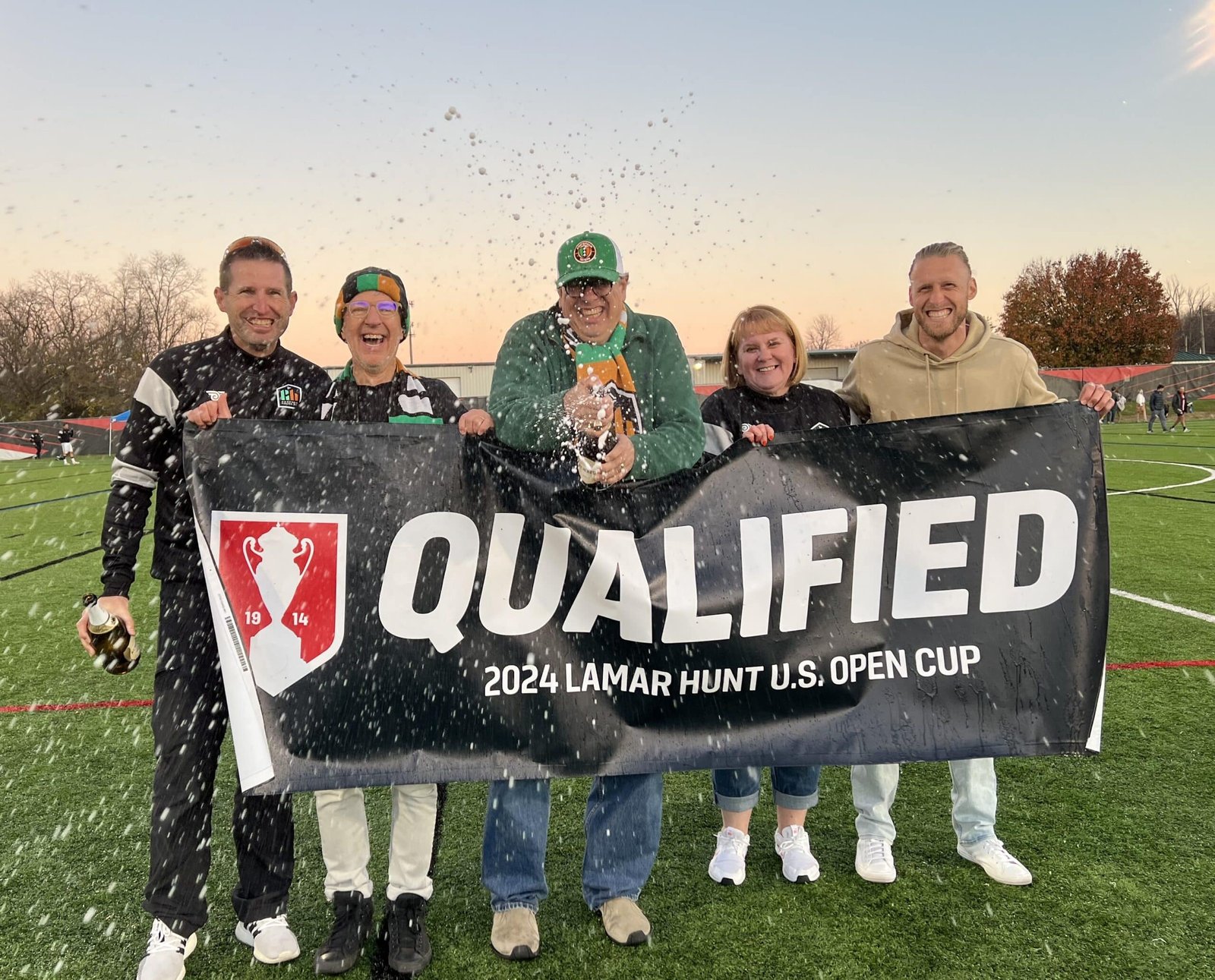Budapest’s Holocaust Memorial Centre honours the game’s influential Jewish Hungarians
A free exhibition in Budapest showcases the legacy created by Jewish players and managers during the first golden era of the Hungarian game between the wars.
Running until the end of 2025, A meccs emberei (‘The Men of the Match’) displays by means of newsreel films, archive photographs, posters, tickets and English-friendly documentation, how the domestic Hungarian game was shaped by some of the greatest names of the pre-Puskás era.
As its curators, Adél Nagy and Levente Olosz, outline, “Our exhibition commemorates three clubs that were active in the first half of the 20th century: the Hungarian Physical Exercise Club (MTK); Ferencvárosi Torna Club (FTC); Újpesti Torna Egylet (Újpest, UTE)”.
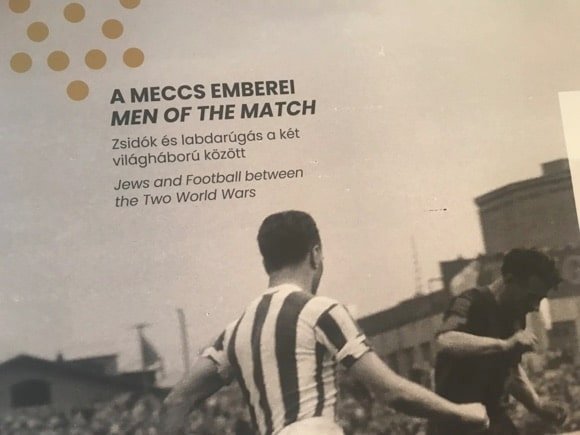
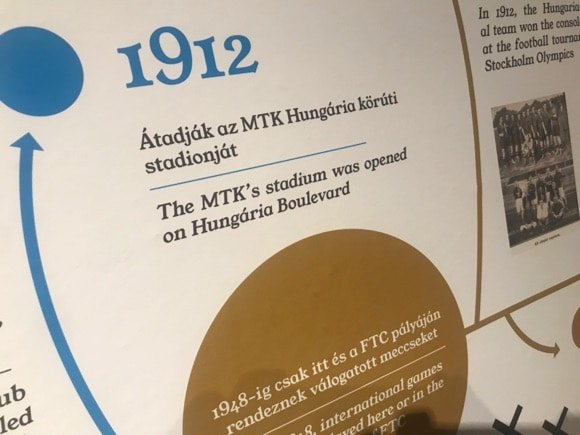
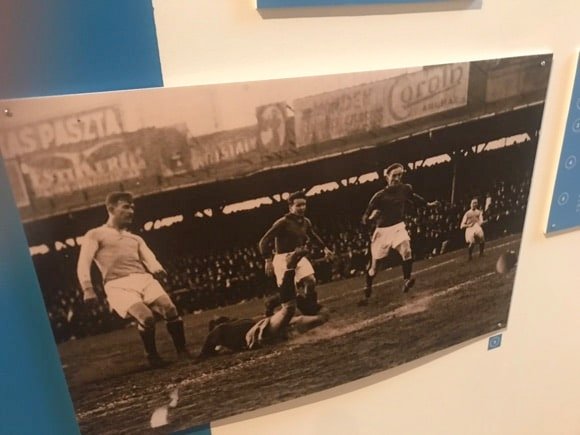
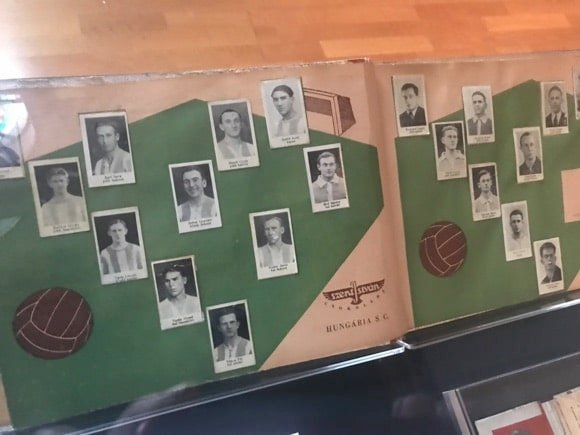
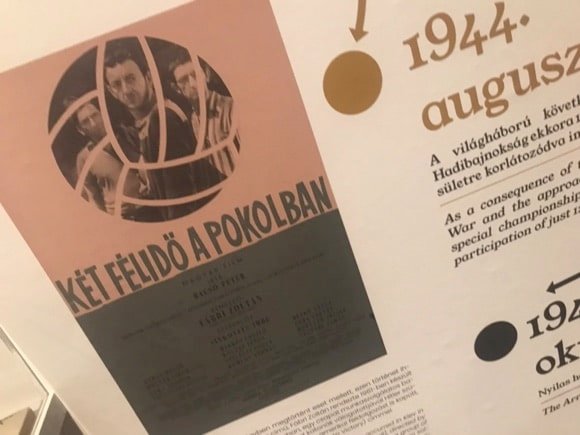
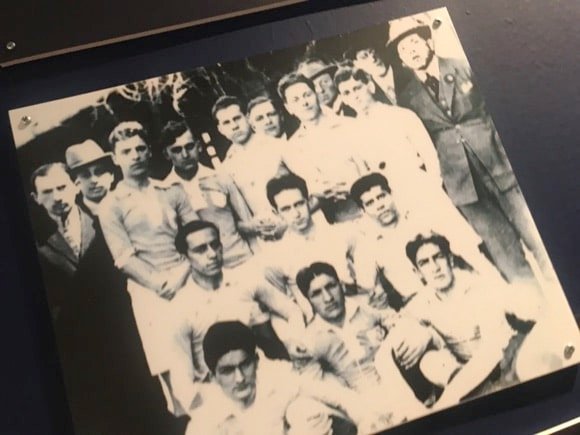
“We present the individual fates of ten outstanding Jewish footballers and coaches who did a lot not only for domestic but also international football, and two players who saved their Jewish compatriots during the Holocaust.”
The display fills a whole upstairs floor of a separate space at the Holocaust Memorial Centre just off Üllői út on Páva utca – come out of the main, glass-fronted exhibition area and reception, turn a sharp left into an unmarked door and up one flight of stairs.
The exhibition space overlooks a Synagogue, consecrated in 1924, the year that the great MTK side won their eighth straight title, with a ninth soon to follow.
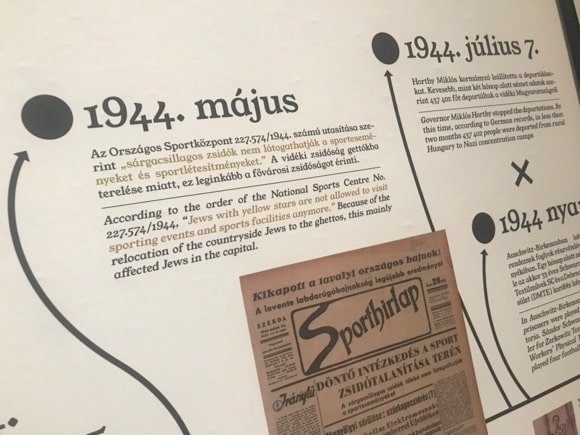
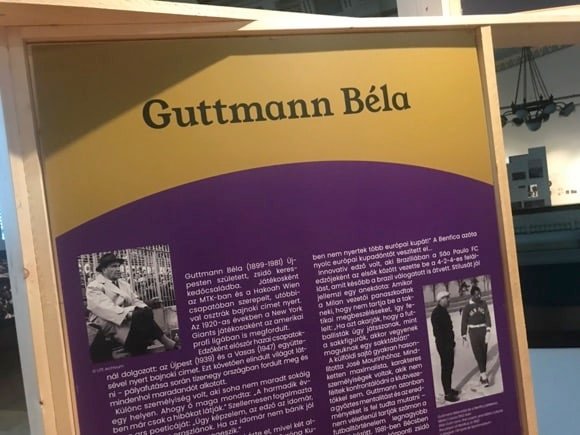
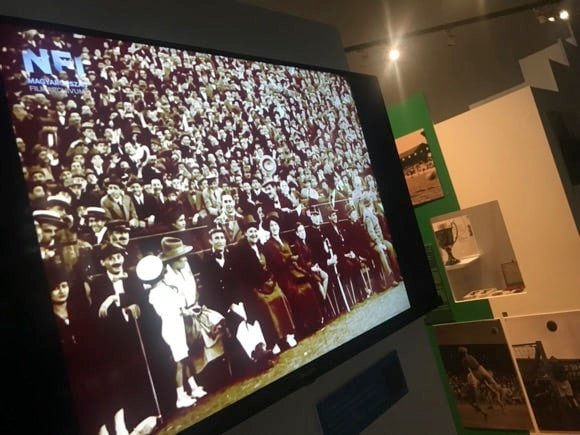
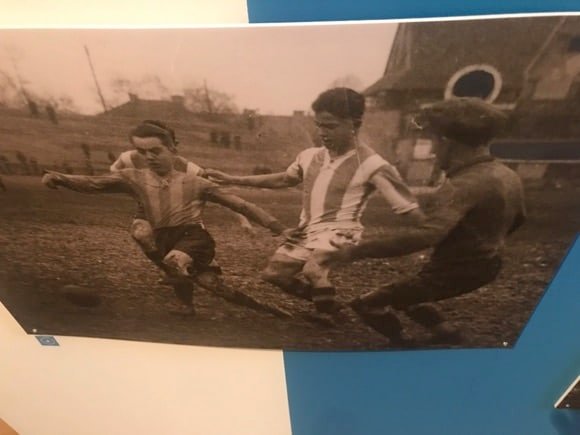
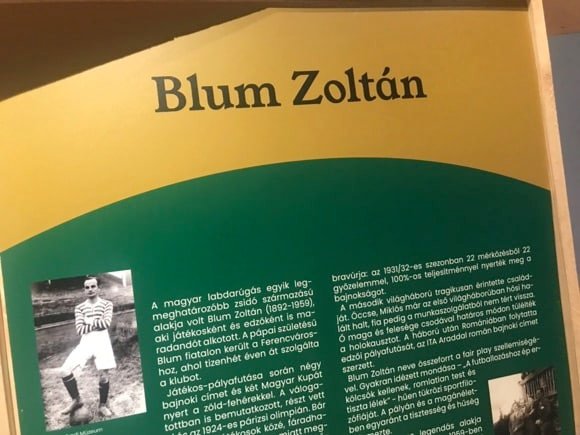
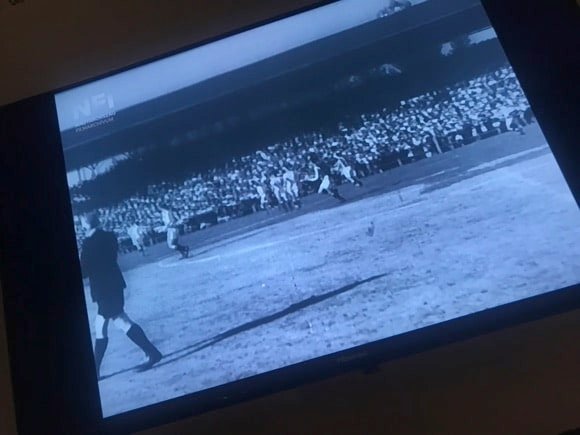
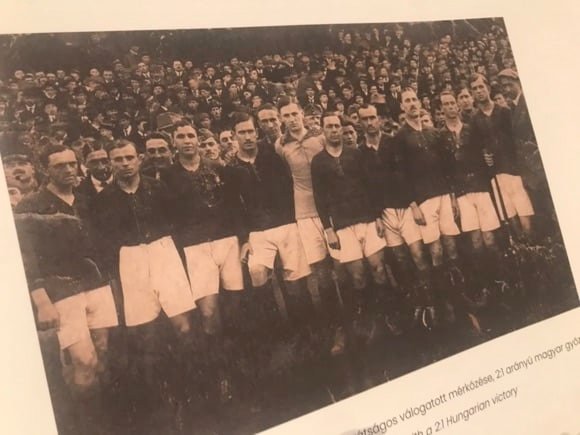
Key members of the team, right-half József Braun, murdered in a forced labour camp in Ukraine in 1943, and centre-half Béla Guttmann, who went on to manage the great Benfica side of the early 1960s, are provided with full biographies on large display screens.
Among these select individuals is Árpád Weisz, one of many Jewish Hungarians who went on to be successful coaches around the world. Murdered at Auschwitz in 1944, the same year that this Synagogue was boarded up and used as an internment camp, Weisz had led Bologna to two Serie A titles in the run-up to World War Ii.
A timeline clearly shows the Jewish achievements in the Hungarian game, and their rapid banishment from it as the horrific events of 1944 unfolded.
Also prominent is a tactics board with outsized figures for players, demonstrating how a shift from a rigid, time-honoured 2-3-5 formation revolutionised the game and pointed the way to the great Hungarian team of the 1950s, and the 4-2-4 of Brazil in 1958 – again, masterminded by Hungarian coaches.
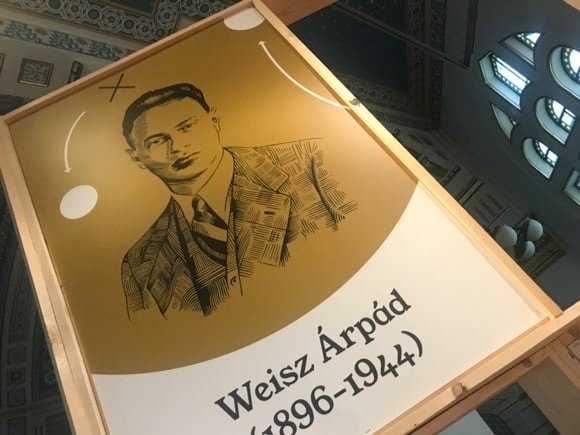
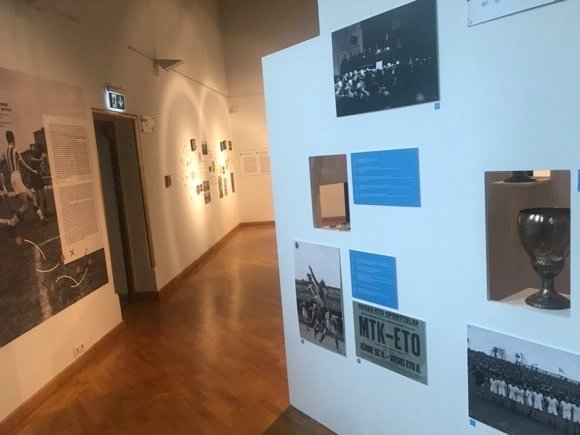
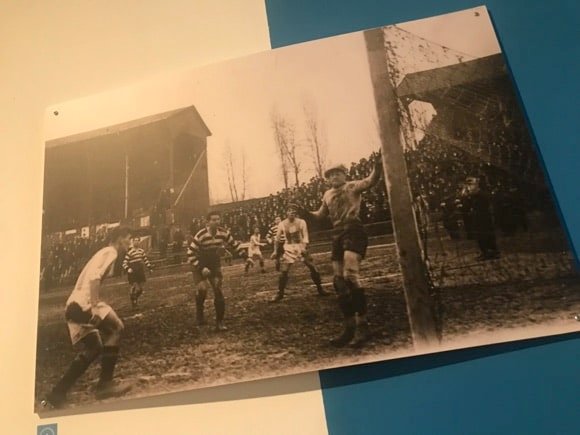
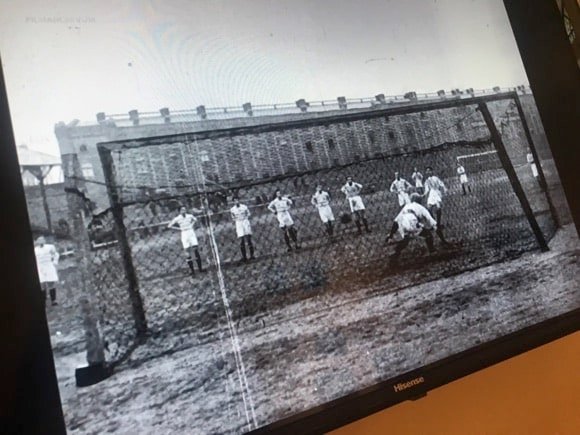
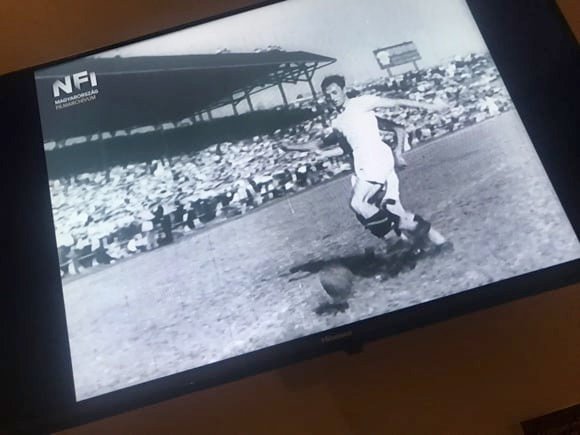
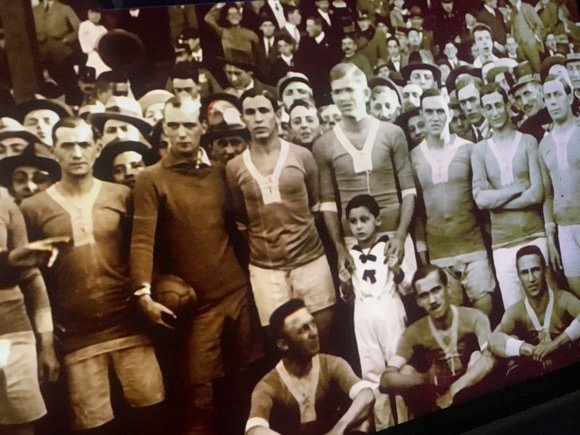
It was developed in 1920s’ Budapest, when MTK ruled the roost in Hungary, their eternal derbies with Ferencváros the stuff of legend. “We aim to recall the atmosphere of the time,” say the exhibition curators.
“When football attracted tens of thousands of people to the stands every week, and to show this heroic era of football in which Hungarian Jews played a significant role and contributed to the golden age of the sport in Hungary.”
A meccs emberei (‘The Men of the Match’), Holocaust Memorial Centre, Páva utca 39, 1094 Budapest. M3 or tram 4/6 to Corvin-negyed. Open Tue-Sun 10am-6pm. Admission free. The exhibition is due to run through 2025.

